 There seem to be many “what ifs” and “can I justify it” and “is it right for me” questions when it comes to farmers’ willingness to adopt the use of precision ag technologies. These are natural questions, and good ones at that, for every grower to contemplate before jumping in.
There seem to be many “what ifs” and “can I justify it” and “is it right for me” questions when it comes to farmers’ willingness to adopt the use of precision ag technologies. These are natural questions, and good ones at that, for every grower to contemplate before jumping in.
Ag Leader Technology has been in the precision ag field for nearly 20 years and would like to address a few of these common adoption hurdles.
Obstacle #1: COST
The cost obstacle is multi-faceted as growers contemplate the investment cost of the equipment, the time involved for them to learn how to use the equipment, and the time it will take to see their return on investment.
Time is of the essence, especially during busy planting and harvest seasons. Talk to your Ag Leader dealer today about what’s right for you. They offer the complete package of precision farming tools, allowing you to get started with technology based on your comfort level and your needs.
They also have a leasing program that might be right for you.
Obstacle #2: User-Friendly?
Do you feel like there’s a steep learning curve in using precision agriculture or that precision ag equipment and software are not “user-friendly”? Or, is it overwhelming to think of how to manipulate the data for your own use?
Whether the data is from planting, fertilizing, spraying, harvest or guidance, SMS software from Ag Leader can house all of the data and organize it for easy access. And, Ag Leader has online and over-the-phone customer support, tutorials and training to help you learn how to use all the data once it’s collected. The examples of how data has shown value by increasing yields are virtually endless.
Obstacle #3: Training & Troubleshooting
We admit it – it’s hard to keep up with rapidly changing technology. And, you may believe it’s a big draw on your pocketbook to bring hired hands or aging farm owners up to speed on the equipment. But, given the payoff at the end of the season, training is essential to using precision ag technologies to their fullest extent.
Resuming in February 2012, Ag Leader will be offering a series of courses and training for farmers of all size, scale and scope. Watch for training dates to be announced.
And when it comes to troubleshooting, even this harvest season when you’re in the cab in the middle of the field, Ag Leader can troubleshoot your equipment: there are software and hardware support specialists on hand to help guide you through the process.
Obstacle #4: A Comparison
Sometimes it helps to have a side-by-side comparison of precision ag equipment. Talk to your Ag Leader dealer to take a look at what’s available and what the benefits are as well as costs associated with each. And remember that Ag Leader equipment is color-blind, meaning it works with most brands of equipment you might have.
So, it seems there are many obstacles to adopting precision ag methods, but here’s the bottom line: do your research, talk with a trusted Ag Leader dealer and consider all the benefits. So what’s stopping you?
Become a fan of Ag Leader on Facebook today, and get the latest precision ag videos on the YouTube channel. For more information about Ag Leader products and services, or to visit the blog site, go to www.agleader.com.

 “High-speed broadband services have great potential to bring opportunity to rural Americans, but should not jeopardize the Global Positioning System,” said AFBF President Bob Stallman. “Many of our farmer and rancher members rely on GPS for precision agriculture.”
“High-speed broadband services have great potential to bring opportunity to rural Americans, but should not jeopardize the Global Positioning System,” said AFBF President Bob Stallman. “Many of our farmer and rancher members rely on GPS for precision agriculture.” “It is the accuracy of GPS that makes it useful to farmers and ranchers,” noted Stallman. Disruption to GPS could raise on-farm production costs.
“It is the accuracy of GPS that makes it useful to farmers and ranchers,” noted Stallman. Disruption to GPS could raise on-farm production costs.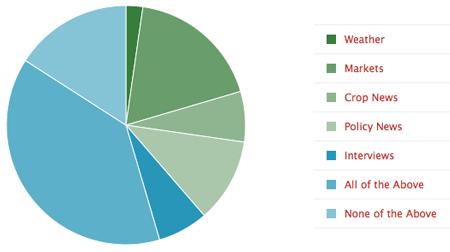

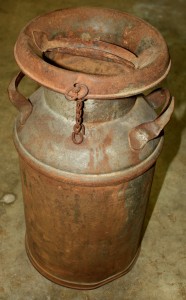
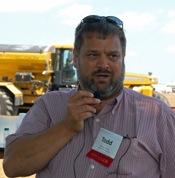 One of the stops on the
One of the stops on the  “Our water infiltration rates for heavy rains, we can definitely see an improvement in the quantity of rain water we can accept and not have standing water or running water off the service,” he said. “That’s the biggest improvement we see is soil health and soil quality.”
“Our water infiltration rates for heavy rains, we can definitely see an improvement in the quantity of rain water we can accept and not have standing water or running water off the service,” he said. “That’s the biggest improvement we see is soil health and soil quality.”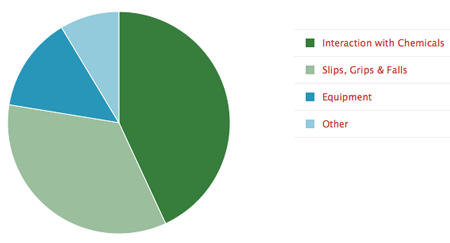
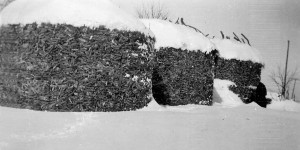
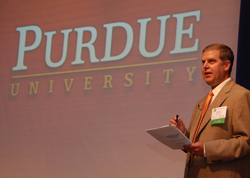 AgCareers president Eric Spell says they about 190 attendees were at the 9th annual event to discuss recruitment and retention of talent in the agribusiness industry, including the largest number of employers ever. “Some companies are sending 3, 4 or even 5 attendees,” Eric says. “We do have 90 employers represented, which is by far the most we’ve ever had.”
AgCareers president Eric Spell says they about 190 attendees were at the 9th annual event to discuss recruitment and retention of talent in the agribusiness industry, including the largest number of employers ever. “Some companies are sending 3, 4 or even 5 attendees,” Eric says. “We do have 90 employers represented, which is by far the most we’ve ever had.”